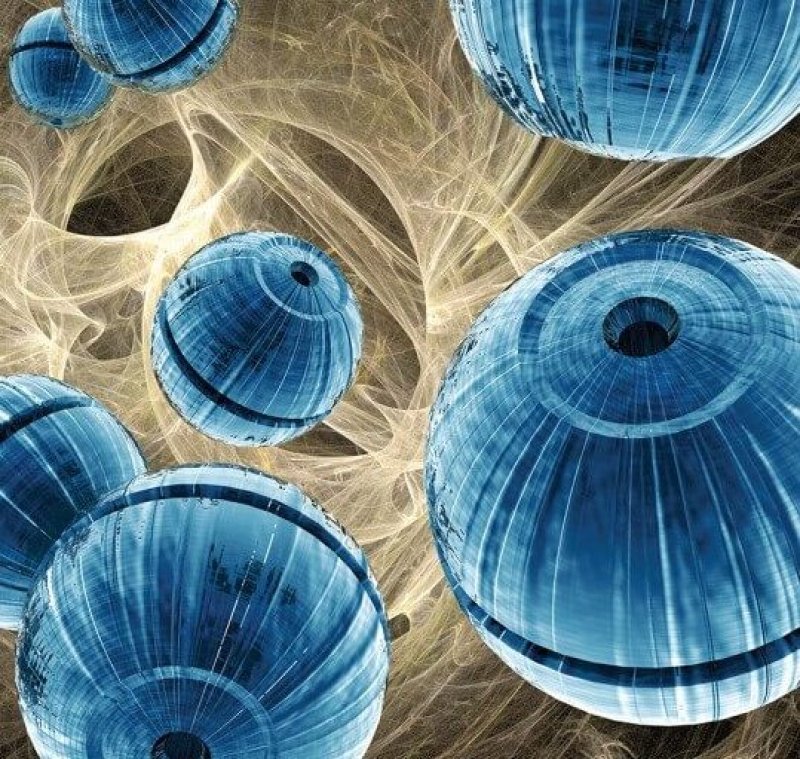Two nanoparticles have communicated with one another to perform a task for the first time, paving the way for more complex nanomachines that could be useful in areas such as cancer treatment.
Researchers have been able to manipulate individual atoms for years, but creating useful devices at the nanometre scale has remained a challenge.
…
Looking to nature was key to solving this problem. Cells and bacteria use chemical signals to communicate, so Reynaldo Villalonga at the Complutense University of Madrid in Spain and his colleagues aimed to make artificial nanoparticles do the same.
The team used a pair of specially prepared Janus particles, so-called because like the ancient Roman god Janus, they have two faces. One face of each was made of porous silica to carry the particle’s cargo…and the other of gold. The gold faces, which handled the communication, were specially treated with different enzymes that respond to signals from one another.
…
“Our dream is to construct an autonomous nanomachine that can be used to fight cancers,” says Villalonga. If the final product of the interaction was medication, such a machine could be used to precisely target cancer cells and only release medication when the cells began to become malignant.
[Read the full study here]
The GLP aggregated and excerpted this blog/article to reflect the diversity of news, opinion, and analysis. Read full, original post: Nanoparticles that chat back and forth could dispense medication































